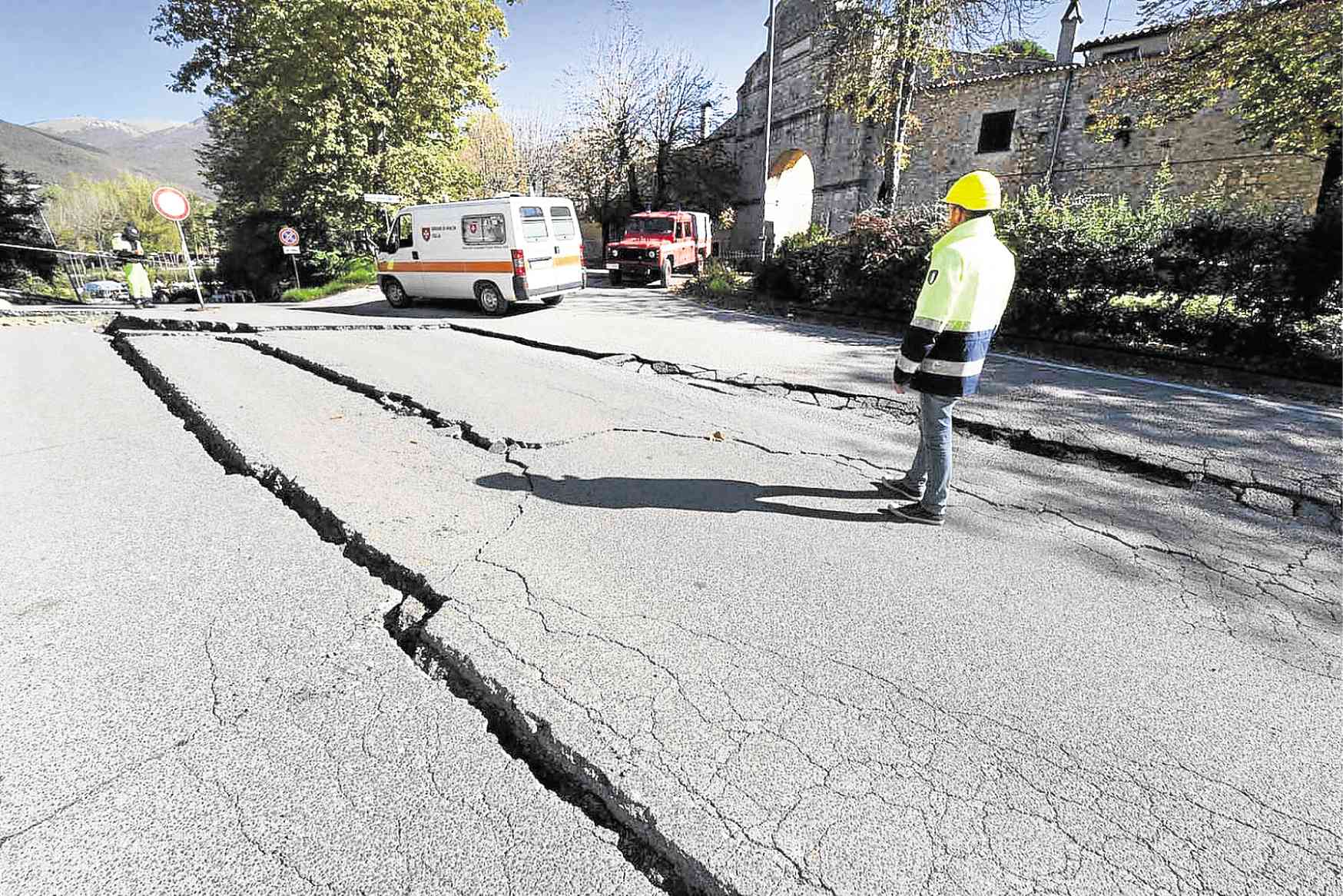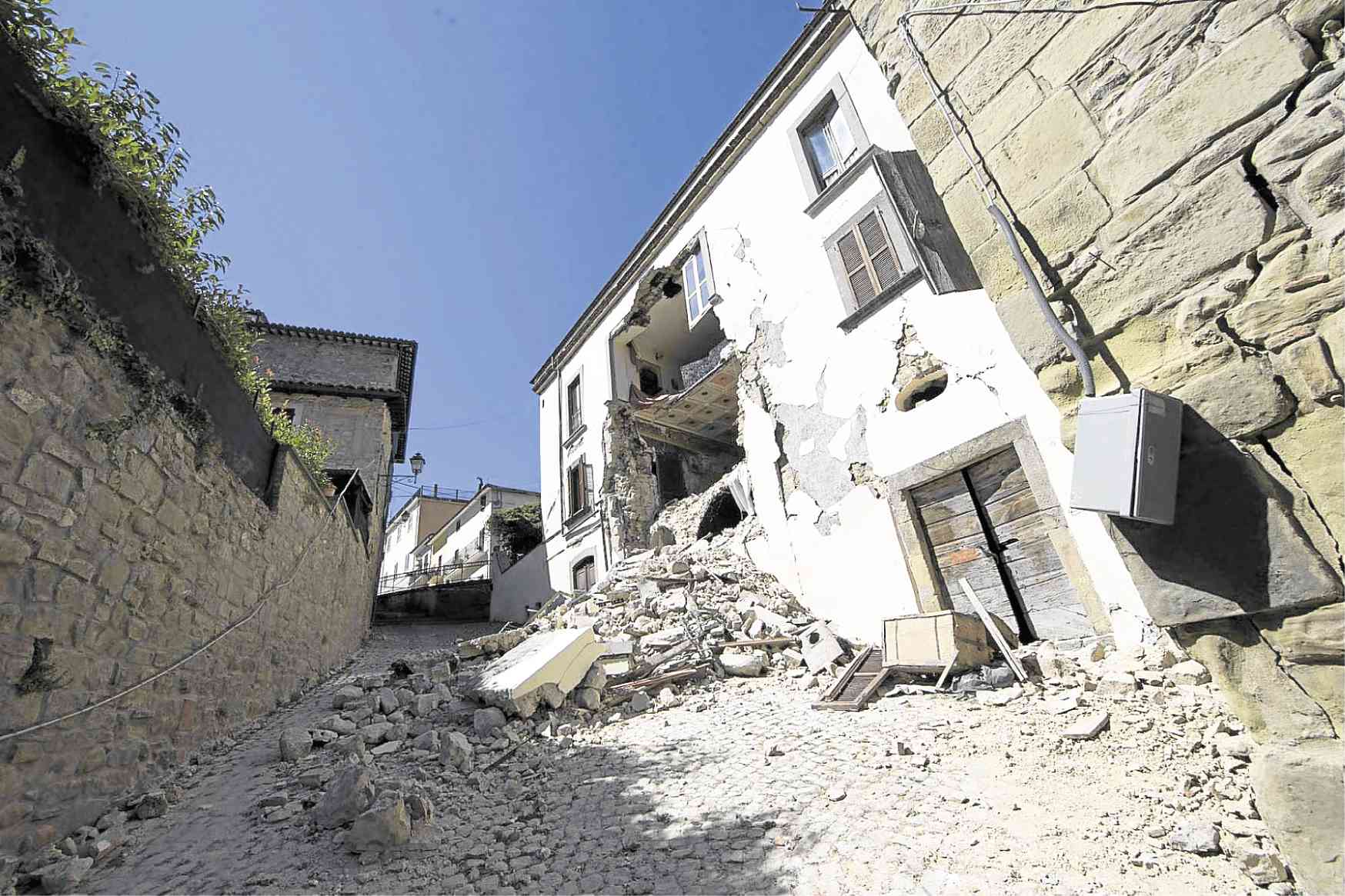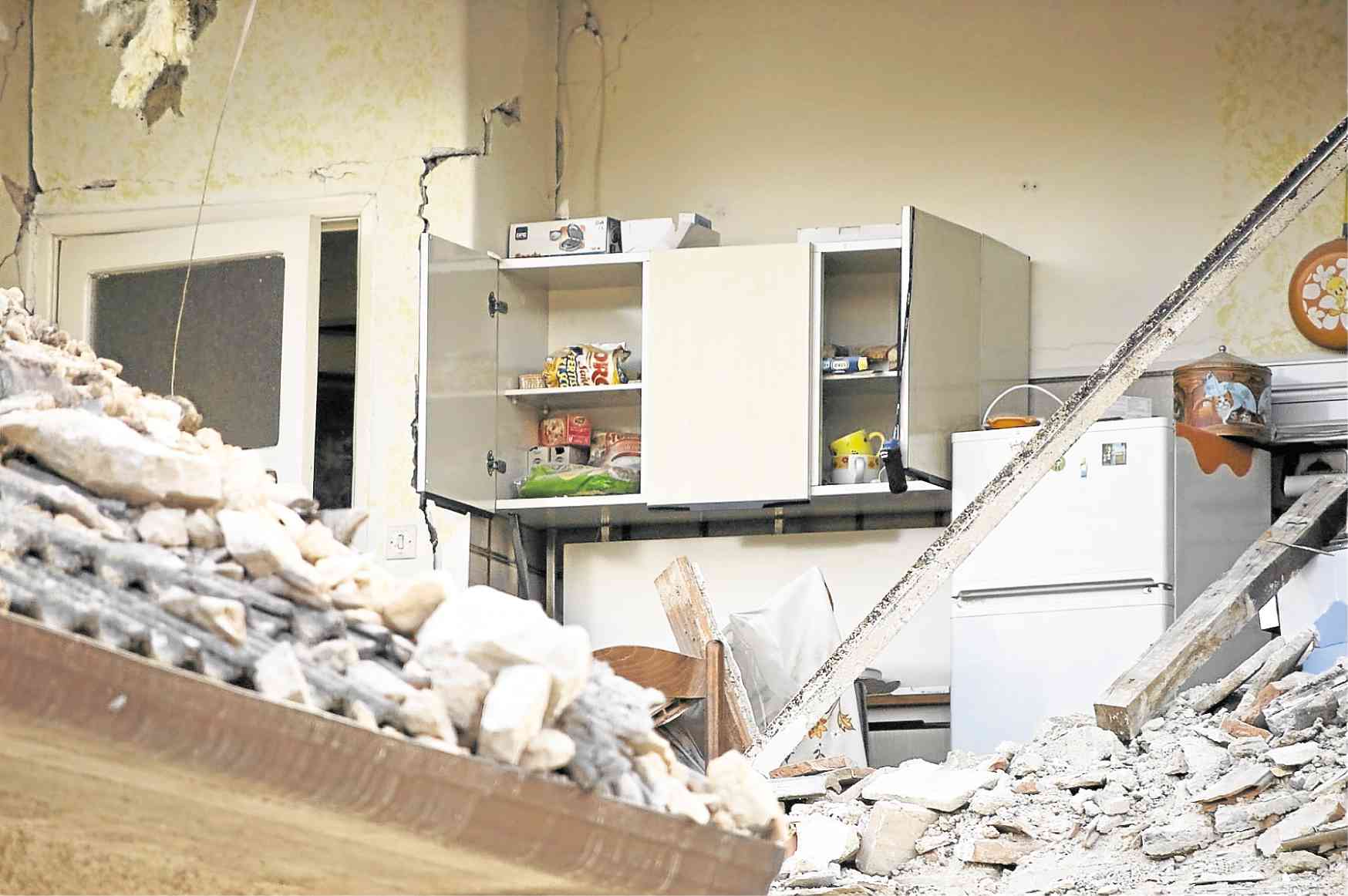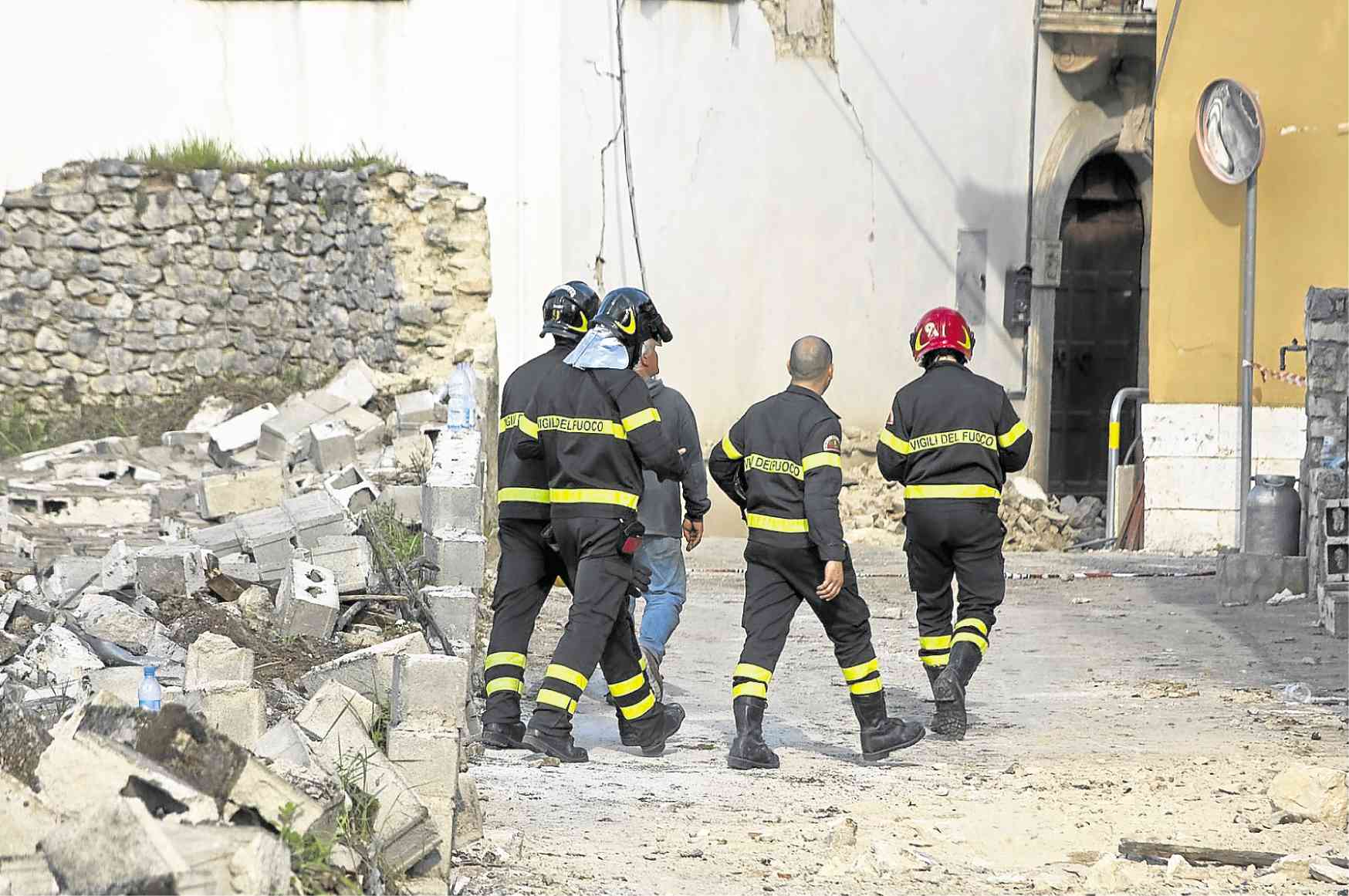Surviving dangerous places during an earthquake
Earlier this week, many of us were caught by surprise by an earthquake of intense magnitude and lengthy duration. The aftershocks that came soon after were equally terrifying. This goes to show that despite the practice drills and safety measures, we never really know when or where we’ll be in times of a catastrophe.
Whether you’re caught in a large, open field or a towering, high-rise building, the key is to not panic. Maintain a level head, take a deep breath, and keep the following things in mind to ensure your safety and survival.
Caught in a high-rise building?
Being inside a high-rise building during an earthquake is not an appealing idea.
Yet unknown to many, a high-rise building is a relatively safe place, provided that it complies with local seismic standards.
If you are caught in a high-rise building in the event of an earthquake, it’s best to stay put wherever you are. Do not stand underneath a door frame. Contrary to popular belief, it’s not the strongest part of the structure. If you are inside the elevator, press the button of the nearest floor and exit if possible. Once the ground movement passes, calmly exit and head to an open area that is located away from the building.
Do not attempt to re-enter the building until a survey of the premises has been thoroughly conducted and the area is declared safe by professionals.
Standing on reclaimed land?
Reclaimed land is basically an artificial land. It is a body of water that has been filled with packed soil to provide additional ground surface. Properly compacted, reclaimed land can accommodate skyscrapers and other dead loads. In the event of an earthquake, however, these areas can also be dangerous.
All buildings settle a bit during construction, but those that stand on reclaimed land often sink. This happens because in such an area, water is difficult to drain and the sand is difficult to compact. During an earthquake, the soil on a reclaimed land can act like a quicksand if it is not properly anchored and embedded to the riverbed.
If you find yourself situated in reclaimed land during an earthquake, stay put during the tremors. After the quake, head to an open place away from construction sites. Do not stay on the roads that surround the buildings as these have a higher risk of sinking compared to the buildings themselves.
Despite the dangers, reclaimed land nowadays follow stringent standards to ensure the safety of inhabitants. As long as the steel or concrete columns of the building are hammered all the way into the seabed, it can survive time and earthquakes for many years to come. Of course, there is no way for you to know that, when the building is already standing, so practice protective measures just to be on the safe side.
Surprised in an old structure?
Old structures, especially concrete ones, are at risk of collapsing during an earthquake if not properly reinforced. Though costly, these structures are best retrofitted with more steel support to ensure safety. Not all buildings are at risk, but cracks on the structure usually indicate potential hazard.
If you are caught inside a dated building during an intense earthquake, follow the universal protocol: duck, cover and hold. Do not run to other rooms or to the exit while the tremors are ongoing. Windows, exterior walls and façade elements are at risk of falling.
Stay away from brick façades in particular. Likewise, do not rush towards an open doorway for safety. The area is as safe as the rest of the building interior. Make sure to stay underneath a sturdy table instead.
Stuck at home?
Even before an earthquake hits, it would be wise to assess your home for potential hazards.
Look for tall, bulky furniture or appliances and anchor these securely to the wall. Suspended objects such as book cases, electronics and picture frames should be relocated away from beds and seats. At best, they should be located on low shelves or inside cabinets with latched doors. Do not hang kitchen knives and other sharp objects. Identify safety spots in the house and practice family drills.
Prepare emergency kits that contain items for a few days’ worth of survival: a flashlight, a portable fire extinguisher, a whistle, and enough food and water for at least three days.
During an earthquake, stay put and don’t panic. If you are in bed, cover your head with a pillow and stay in bed. Duck, cover and hold on to secure furniture. Drop to the ground to avoid higher risks for injury.
If the earthquake is intense, crawl away from suspended or fragile items. Stay indoors until the shaking stops. Do not run outside during the tremors.
After the earthquake, head outdoors to an open area and move away from tall structures. Do not attempt to re-enter your home especially if it exhibits damage. If you find yourself trapped, bang on pipes, send a text or use a whistle to be found. Save shouting as a last resort.
At the end of the day, we cannot really know when an earthquake will happen. Make sure that when it does, take precautions, practice safety measures, but don’t panic.
According to the National Safety Council, you have higher risks of dying from lightning strikes or legal execution than from an earthquake. Be ready for anything that might happen, but don’t be paranoid.
References: blog.timesunion.com; www.forbes.com; www.ready.gov; blog.jumpstartrecovery.com; www.propertyasiadirect.com; Eric Perlin from Pixabay.com; marcellomigliosi1956 from Pixabay.com; Angelo Giordano from Pixabay; maslazzar from Pixabay





